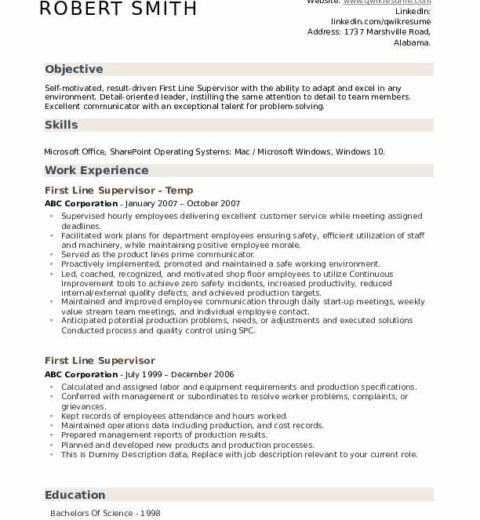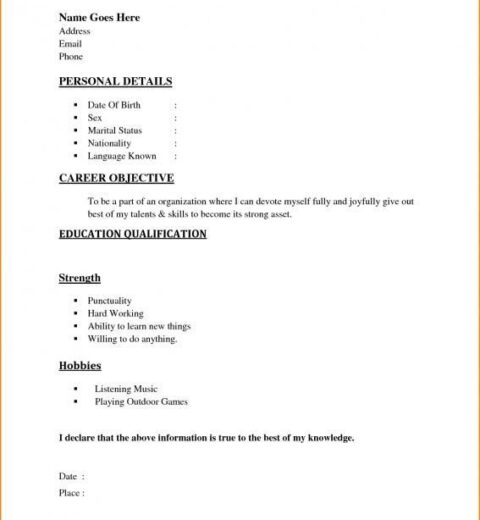In an increasingly competitive job market, showcasing certifications on your resume can markedly enhance your professional appeal. Employers are not only searching for candidates with relevant experience but also individuals who demonstrate a commitment to continuous learning and professional development. These certifications serve as tangible evidence of your capabilities and can elevate your standing among candidates with similar backgrounds. Here is a comprehensive guide on how to effectively add certificates to your resume, ultimately boosting your credibility.
Understanding the Importance of Certifications
Certifications validate your expertise in specific areas, providing potential employers with assurance about your skills. They signify that you have attained a level of proficiency that meets recognized standards in your field. This recognition can be pivotal, particularly in industries where qualifications are heavily scrutinized. Additionally, acquiring certifications demonstrates your willingness to invest time and resources into your professional growth, setting you apart from other candidates.
Identifying Relevant Certifications
Before you can appropriately add certifications to your resume, it is essential to identify which ones are most relevant to your career goals. Ask yourself the following questions:
- What are the essential skills for my desired job role?
- Which certifications are industry-recognized and valued?
- Are there certifications that align closely with my current skill set or experience?
For instance, if you are in the technology sector, certifications like CompTIA A+, Cisco Certified Network Associate (CCNA), or Microsoft Certified: Azure Fundamentals could enhance your marketability. Conversely, professionals in healthcare might consider obtaining certifications in areas like Basic Life Support (BLS) or Certified Nursing Assistant (CNA).
Selecting a Suitable Format
The format in which you present your certifications on your resume can significantly influence the impression you make. Generally, it is recommended to create a separate “Certifications” section to ensure that this key information stands out. This section should include:
- The full name of the certification
- The name of the issuing organization
- The date of certification (or anticipated completion date if applicable)
- Optional: a brief description of the certification and its relevance
For example:
Certifications
Google Analytics Individual Qualification
Issued by Google, April 2022
Validates proficiency in Google Analytics to analyze overall website performance.
Incorporating Certifications into Different Resume Types
Depending on whether you opt for a chronological, functional, or hybrid resume format, the placement of your certifications may vary. In a chronological resume, certifications typically follow the work experience section. In a functional format, where skills take precedence, place certifications prominently below the summary statement. If utilizing a hybrid approach, you may incorporate it in both the skills and experience sections as necessary. Regardless of the format chosen, the aim is for certifications to be easily accessible to employers.
Highlighting Transferable Skills through Certifications
Merely listing certifications is insufficient; contextualizing them within your narrative enhances their impact. Highlight how each certification translates into specific skills relevant to the job you seek. For example, if you have a certification in project management, elaborate on how this expertise enabled you to lead cross-functional teams, manage timelines, or meet budget constraints in previous roles. This approach provides evidence of your capabilities while illustrating how you apply those skills in a practical, real-world context.
Maintaining an Up-to-Date Certification Portfolio
Certifications can become obsolete as industries evolve. Therefore, it is imperative to keep your portfolio current. Regularly assess your certifications and be proactive in renewing or obtaining new ones to stay competitive. Many professional education programs also offer advanced certifications or specializations, providing opportunities for continuous improvement. This commitment underscores your passion for your field and establishes you as a thought leader.
Networking through Certifications
Joining communities related to your certifications can augment your professional network. Many certification bodies offer forums, workshops, and conferences. Participating in these can expose you to industry leaders, providing valuable insights and potentially opening doors to new career opportunities. Networking may also yield mentorship opportunities that can further enhance your professional journey.
Demonstrating Authenticity and Honesty
It is crucial to make sure every certification you list is legitimate, accurately represented, and current. Misrepresenting qualifications can lead to severe repercussions, including job loss and damage to your professional reputation. Employers often verify credentials, and any discrepancies may undermine their trust in you. Be transparent about your achievements to maintain credibility.
Conclusion
In sum, adding certifications to your resume can greatly enhance your credibility and appeal as a candidate. By identifying relevant certifications, utilizing an appropriate format, highlighting transferable skills, and maintaining an updated portfolio, you position yourself as a strong contender in the job market. Remember, it is not merely about the certifications themselves, but how you leverage them to showcase your dedication to professional growth and lifelong learning.




